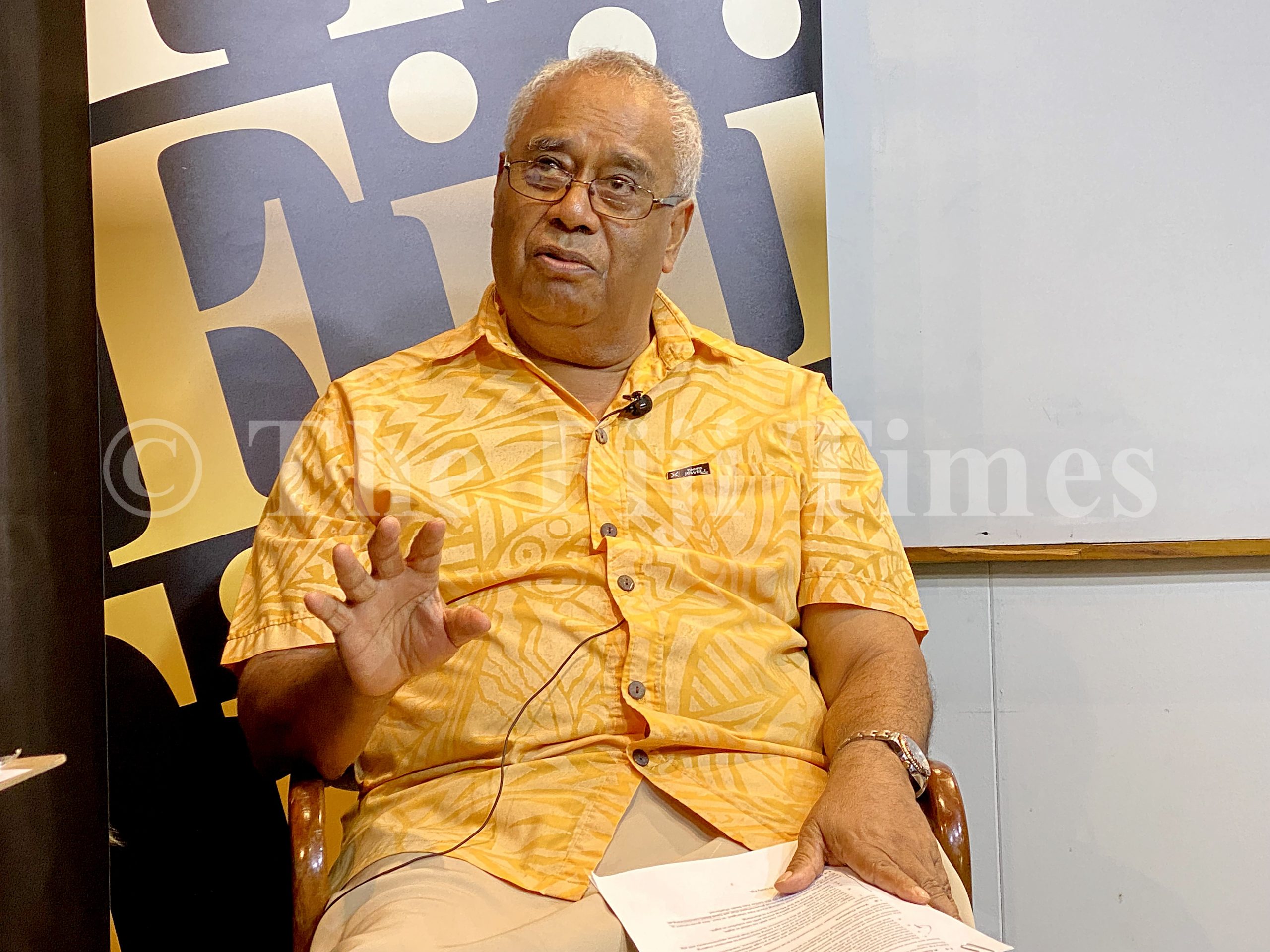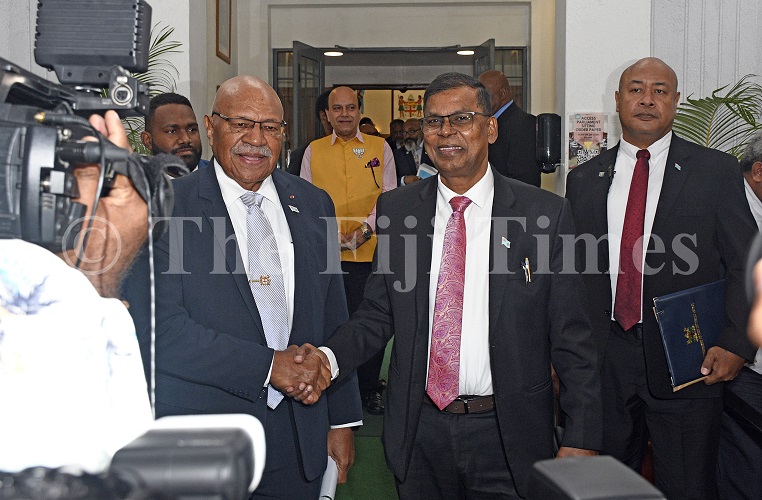On Saturday, November 19, 1988, The Fiji Times reported a busload of desperate passengers assaulted the driver, forced him into the bus, pushed the bus into the floodwaters and left it almost submerged at Wailotua, Wainibuka in a frantic bid to get home.
The 50 passengers had been stranded at Nayavu in Tailevu since the morning of November 18.
They had come in from the West in Sunbeam Transport buses but could not get across because the Nayavu Bridge was under more than three metres of water.
On Saturday morning at 6am, when the floodwaters had continued to rise, the passengers agreed to be ferried across, which resulted in an exchange of passengers between buses stranded on either side of the bridge.
Sunbeam bus driver Permal Gounder, 52, left his Suva home at 6.30am on Friday, November 18, and had set out at 9am on Saturday carrying a busload of exchanged passengers.
Five kilometres from Nayavu, they were stranded again when they encountered about two and a half metres of floodwaters at Wailotua bridge.
“I thought I would go and have something to eat at a shop nearby,” he said.
“I picked up my bag and keys and had gone as far as the back of the bus when three of the men (passengers) came and assaulted me.”
Mr Gounder said he tried to ward off the punches, but he was scared and he got pushed back into the bus and onto the driver’s seat. “They wanted me to drive through the floodwaters and said the children and babies had no milk or food. They said they would push the bus (across the bridge).”
Mr Gounder said he was too frightened to resist and sat at the steering wheel while the men pushed the bus into the floodwaters.
They abandoned the bus when they realised the water on the bridge was too deep and they could not push any more.
The driver said the water was waist-deep inside the bus when he tried to get out.
He hired a bilibili (bamboo raft) to get to dry land.
The passengers had all crossed to the Suva side by then in bamboo rafts and got into a waiting City Transport bus.
Mr Gounder said with another driver and two checkers, he went to the nearby shop where they received their first meal in about 28 hours and where they finally spent Saturday night.
The stranded passengers had been offered tea and food by the villagers nearby, but he said he declined to have anything.
Mr Gounder said he was ready to return to Suva on Friday when they struck the floodwaters at Nayavu but the passengers did not want to return.
He said his mates were up at 5am on November 20, to survey the situation.
They found the bus, which had since become almost submerged in the floodwaters, with its glass windows all smashed.
By midday Sunday, the water had receded and the bus was towed to higher ground.
Because the bus engine, gear box and fuel tank had all been soaked by the floodwaters, the oil had to be drained and filtered before the vehicle could be driven back to Suva.
Mr Gounder got home at 9pm on Sunday, almost 62 hours after he left on Friday morning.
A Sunbeam Transport spokesman in Suva estimated damage to the bus at about $600.





